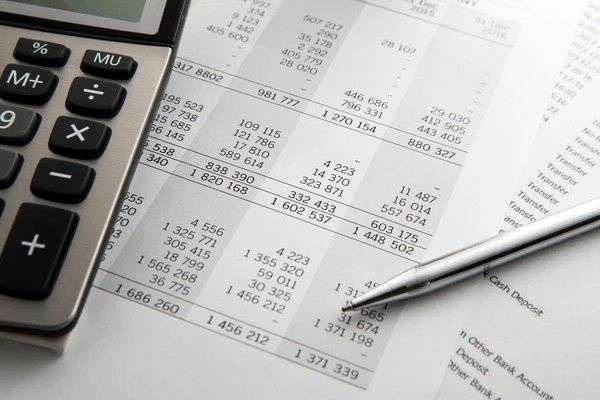In this article, we delve into the concept of Balance Sheets, providing a clear definition, examples, and highlighting its importance in financial accounting.
Table of Contents
What is a Balance Sheet?
H2: Definition
A Balance Sheet is a financial statement that summarizes a company’s assets, liabilities, and shareholders’ equity at a specific point in time. It provides a snapshot of what the company owns (assets), what it owes (liabilities), and the residual interest of the owners (shareholders’ equity) in the business.
Key Characteristics of Balance Sheets
- Financial Snapshot: It shows the financial position of a company at a particular moment, typically the end of a reporting period.
- Dual Aspect: Follows the accounting principle that assets must equal liabilities plus shareholders’ equity.
- Importance in Decision Making: Crucial for investors, creditors, and management to assess the company’s financial health and performance.
Components of a Balance Sheet
Structure and Examples
A typical balance sheet includes:
- Assets: Resources owned by the company, categorized into current assets (e.g., cash, inventory) and non-current assets (e.g., property, equipment).
- Liabilities: Obligations owed by the company, such as accounts payable, loans, and bonds.
- Shareholders’ Equity: Represents the residual interest in the company’s assets after deducting liabilities.
Importance of Balance Sheets
Significance
Understanding why Balance Sheets are crucial:
- Financial Health: Provides insights into the company’s liquidity, solvency, and overall financial stability.
- Investor Confidence: Assists investors in evaluating the company’s ability to generate future cash flows and returns.
- Creditworthiness: Helps creditors determine the company’s ability to repay debts and manage financial obligations.
- Decision Making: Guides management in strategic planning, budgeting, and assessing the impact of financial decisions.
Example of a Balance Sheet
Real-World Illustration
Consider a simplified example of a balance sheet excerpt:
ABC Company Balance Sheet (as of December 31, 20XX)
Assets
Current Assets:
- Cash and Cash Equivalents: $50,000
- Accounts Receivable: $30,000
- Inventory: $20,000
Total Current Assets: $100,000
Non-Current Assets:
- Property, Plant, and Equipment: $300,000
- Intangible Assets (Patents): $50,000
Total Non-Current Assets: $350,000
Total Assets: $450,000
Liabilities and Shareholders' Equity
Liabilities:
- Accounts Payable: $20,000
- Long-Term Debt: $150,000
Total Liabilities: $170,000
Shareholders' Equity:
- Common Stock: $100,000
- Retained Earnings: $180,000
Total Shareholders' Equity: $280,000
Total Liabilities and Shareholders' Equity: $450,000In this example:
- Total assets (current and non-current) amount to $450,000, representing what the company owns.
- Total liabilities (accounts payable and long-term debt) sum up to $170,000, showing the company’s obligations.
- Shareholders’ equity (common stock and retained earnings) totals $280,000, reflecting the owners’ interest in the company’s assets.
Challenges in Understanding Balance Sheets
Considerations
Key challenges include:
- Complexities in Asset Valuation: Determining the fair value of assets, especially intangibles like goodwill or intellectual property.
- Accrual Basis: Differentiating between cash flow and accrual accounting methods when recording transactions.
- Interpretation: Ensuring accurate interpretation of financial ratios and metrics derived from balance sheet data.
Conclusion
In conclusion, Balance Sheets serve as fundamental documents in financial reporting, offering a comprehensive view of a company’s financial position. They play a critical role in decision-making processes for stakeholders, providing insights into liquidity, solvency, and overall performance. Understanding the components and structure of balance sheets is essential for assessing the health and stability of a business, facilitating informed investment and credit decisions, and guiding strategic management practices.
References
- Principles of financial accounting and reporting standards related to balance sheets.
- Examples and case studies illustrating the application of balance sheets in financial analysis.
- Importance of balance sheets in evaluating corporate performance and financial health.





